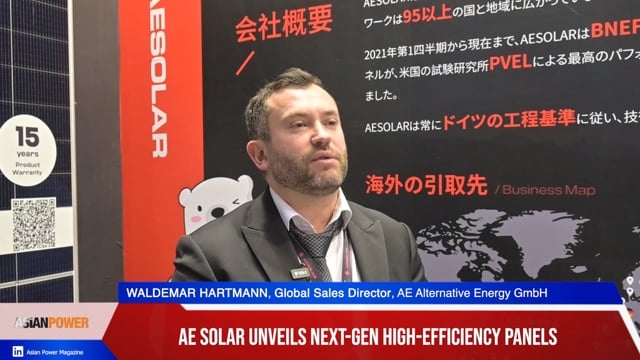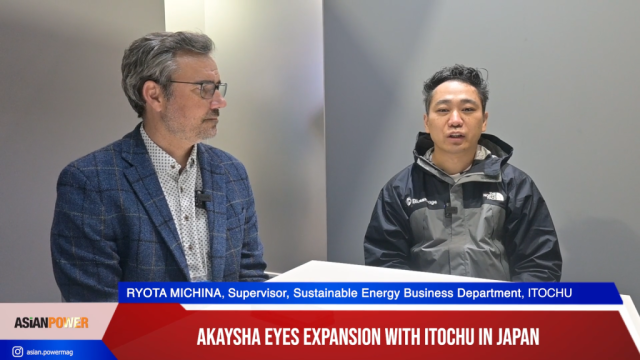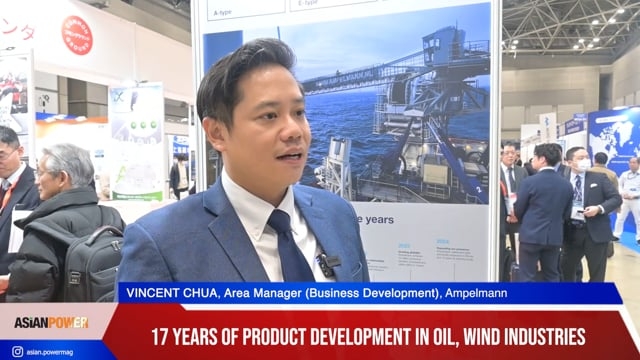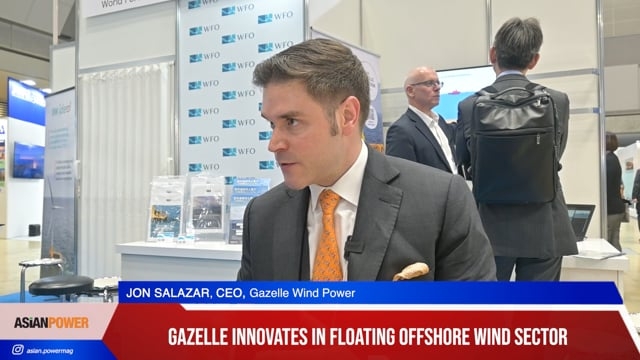Does shale gas have a future in China? - Part 1
By John YeapAccording to the US Energy Information Agency, China has the largest known shale gas reserves in the world. China's Ministry of Land and Resources (MLR) predicts that the country's shale gas output could reach 6.5 billion cubic metres per annum by 2015 and increase more than tenfold to 100 billion cubic metres per annum by 2020.
In March 2012, MLR announced that a nationwide shale gas resources survey had found exploitable shale reserves of an estimated 25.08 trillion cubic metres. Initially, many claimed that China could replicate the shale gas push in the United States. However, recent sentiment is no longer quite so optimistic. For instance, the third round of bidding for exploration rights planned for late last year has been postponed.
The delay is understood to be due to problems faced by existing licensees in accessing reserves for exploration purposes. Shale gas reserves in China tend to be deep underground and advancement in technology will be necessary before much of the country's reserves can be commercially extracted.
Nevertheless, with the issue of the Shale Gas Industrial Policy by the National Energy Administration (NEA) in October last year, China appears focussed on providing the necessary framework for the regulation of shale gas extraction.
In this article, I look at the key risks and problems affecting the shale gas industry to gain better insight into the latest shift in optimism for China's shale gas prospects.
What exploration of shale gas has taken place in china?
In 2011, MLR released the first round of shale gas blocks for tender. This initial round was only open to six state-owned enterprises (SOEs).
Two SOEs were each awarded exploration rights to a single shale gas block; China National Petroleum Corporation (CNPC), the parent company of Petro China, and Henan Provincial Coal Seam Gas Development and Utilization Co.
In September 2012, nineteen further shale gas blocks were released for tender. Each successful bidder was awarded exploration rights for three years with exploration to start within six months of the award date.
83 enterprises participated in the auction, including 55 SOEs, 26 private enterprises and 2 Sino-foreign joint ventures. Fourteen SOEs were successful with some enterprises receiving more than one block.
Two private Chinese enterprises were also successful; Huaying Shanxi Energy Investment Co. Ltd, a subsidiary of Wintime Energy Co. Ltd, and Beijing Taitantongyuan Natural Gas Technology Co. Ltd.
These enterprises report that exploration has been challenging due to very deep drilling depths and difficult geological operating conditions. This is not surprising as a large number of the companies that were awarded exploration rights have little extraction experience, particularly in relation to drilling into the ground.
MLR reports that one such company has already sold its interest, prior to conducting any exploration. This suggests that there may be little prospect of successful extraction in the near future.
MLR had planned a third round of tenders at the end of 2013. However, this has been delayed into 2014 due to the inactivity of the successful second round tenderers.
This planned third round is expected to offer only 8 to 10 shale fields for auction.
Who is interested in shale gas in China?
There are various parties who appear interested in shale gas in China. The two biggest investors are CNPC and another large, state-owned enterprise China Petroleum Chemical Corporation also known an SINOPEC.
Both enterprises are strategically well positioned to control the shale gas market for two main reasons.
Firstly, they both have substantial monopolies over existing pipelines in China. CNPC owns the West-East Gas Pipeline, which accounts for approximately 90% of China’s existing pipeline structure. SINOPEC owns and operates the Shanghai Pipeline.
It is unlikely that either party would be willing to part with its control easily. Secondly, CNPC and SINOPEC already hold the exploration and mining rights to certain existing oil and gas fields that overlap with shale gas fields. The Government has yet to address the overlap.
This is cause for concern because the most lucrative shale gas fields in China are located within existing oil and gas fields already held by CNPC and SINOPEC.
As early as 2009, CNPC and Royal Dutch Shell Plc (Shell) began a joint shale gas assessment of the Fushun-Yongchuan block in Sichuan. They have been in joint production since March 2012, successfully extracting shale gas.
This is the first production sharing agreement approved by the Government, and it is likely that others will follow. CNPC has also been cooperating with Chevron in Sichuan. In June 2013, CNPC began construction of the first pipeline between a shale gas field and one of its existing major pipelines, marking a strong commitment towards shale gas production in China.
Similarly, SINOPEC has entered into joint venture arrangements with foreign energy partners to explore shale gas in China. Alongside Conoco Phillips, it is assessing the potential of the Sichuan Basin with plans to begin exploratory drilling.
With British Petroleum (BP), it is conducting joint assessments of the Kaili block in Guizhou and the Huangquao block in Jiangsu. Since April 2011, SINOPEC and Chevron have been exploring the potential of the Longil County in Guizhou.
Negotiations are also reported to have taken between the French oil company, Total S.A, and SINOPEC for a potential joint assessment in Anhui.
These companies are also acquiring overseas assets and technology. In March 2010, CNPC and Shell acquired the Queensland Coal Seam Gas asset and the proposed site for a LNG plant on Curtis Island at Gladstone in Australia. CNPC reportedly intends to apply lessons learned in Australia to boost expertise in shale gas extraction and transportation in China.
In October 2011, SINOPEC acquired more than 300,000 acres of land in Alberta, Canada rich with oil and natural gas from Daylight Energy, a Canadian shale gas producer. These acquisitions demonstrate that China is keen to obtain, advance and improve its own shale gas technology.
Who regulates shale gas?
Shale gas exploration and production is under the combined management of the Chinese central Government and the separated management of provincial Governments. There are at least seven authorities supervising the shale gas industry.
One of the challenges for China and its shale gas future is how these organisations are going to cooperate effectively together as there is considerable overlap in their function.
MLR is one of the most important departments in charge of shale gas resource management. They are responsible for granting exploration and mining rights, as well as ensuring and enabling the utilisation of land for shale gas exploration.
In 2008, MLR set up the shale gas project "Shale Gas Resource Potential in Key Regions and Preferential Selection of Favourable Regions” for the Government's assessment of regions for viable shale gas production. MLR was also responsible for the study and research that formed China's shale gas development policy, which took effect during 2011.
In December 2011, MLR announced the legal status of shale gas as the 172nd independent mining resource. This means that shale gas is now exempt from the restrictive legal regime currently in effect for exploration and hydrocarbon production in China.
As mentioned above, licensing also falls under the domain of MLR's powers. There are no detailed rules that regulate the licensing, exploration or production of shale gas. SOEs, domestic enterprises and foreign enterprises may be granted mining rights so long as the various statutory conditions are complied with.
Exploration licenses or rights are registered and issued by MLR to licensees in the form of 3-year leases. If shale gas deposits are discovered, the licensee may apply for a 2-year renewal or retention of the exploration permit for a maximum of 4 years or 2 extensions.
However, outside of the formal bidding processes discussed earlier, MLR has previously stated that it has not received any application for mining rights. When MLR receives such an application, it will issue mining licenses for shale gas on a case-by-case basis.
The National Development and Reform Commission (NDRC) is another key department. In January 2012, NDRC announced that foreign direct investment into the shale gas industry in China fell into the "encouraged" category of the Foreign Investment Industry Guidance Catalogue. As such, foreign investors may invest in China's shale gas industry and enjoy relief from customs duty on imported equipment.
The Catalogue provides that foreign investors may enter into a Sino-foreign equity or contractual joint venture. Although there is no requirement in the Catalogue regarding the shareholding of the joint venture, during the second round of shale gas block tendering only foreign investment enterprises that had a Chinese controlling shareholder (51% minimum) were allowed to participate.
























 Advertise
Advertise








